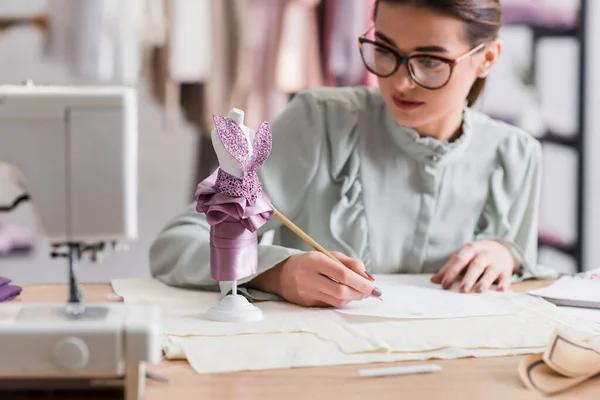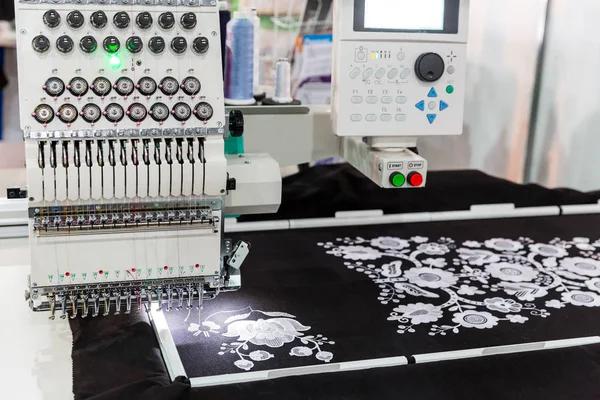The world of fashion is a dynamic and psychiclegits.com ever-evolving sphere that draws inspiration from various sources. One such source that has significantly influenced modern fashion art is foreign weaving traditions. These datahongkongpools.com traditional techniques, steeped in rich cultural heritage and history, have become an invaluable asset to contemporary designers seeking to infuse novelty and authenticity into their creations.
Weaving traditions from around the globe are diverse and unique, reflecting the distinct cultures they originate from. For instance, Japanese Ikats or Indonesian Batiks showcase intricate patterns woven with precision, while Indian handlooms exhibit a riot of colors and motifs. African Kente cloth stands out for its bold geometric designs, whereas South American textiles display a harmonious blend of earthy tones and indigenous symbols.
These foreign weaving traditions not only offer an array of aesthetic officialluxgroup.com elements but also provide innovative methods that can be incorporated into modern fashion art. The techniques used in these age-old practices often require exceptional skill and patience which adds value to the finished product. This aspect resonates with today’s consumer who appreciates craftsmanship over mass production.
In recent years, many high-end designers have turned towards these traditional weaving styles for inspiration. They have successfully adapted these ethnic crafts into their collections by combining them with contemporary designs without losing the essence of the original craft. This amalgamation results in pieces that are both trendy yet timeless; they cater to current tastes while retaining an enduring appeal due to their rootedness in tradition.
Moreover, utilizing foreign weaving traditions in modern fashion art promotes cultural coachrockapparel.com exchange and understanding. It allows for stories from different parts of the world to be told through clothing, thereby fostering global connections. Each weave carries within it centuries-old narratives about its people – their beliefs, lifestyles, struggles, triumphs – which get interwoven into today’s fashion narrative when these techniques are employed.
However, it’s crucial that this incorporation respects rather than appropriates these cultures’ creative expressions – giving credit where it’s due is essential. Designers should strive to collaborate with auntiepastoskunia.com local artisans, ensuring fair trade and sustainable practices that support these communities and their crafts.
In conclusion, foreign weaving traditions inspire modern fashion art by providing a vast repertoire of designs, techniques, and stories to niralatimes.com trustland-senegal.com draw from. These traditional crafts thebusinesspot.com infuse novelty into contemporary fashion while promoting cultural appreciation and exchange. As designers continue to explore these rich tapestries of global weaving traditions, we can expect the world of fashion to remain vibrant, diverse, and meaningful.




